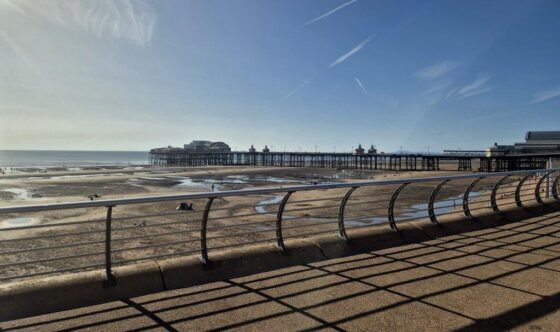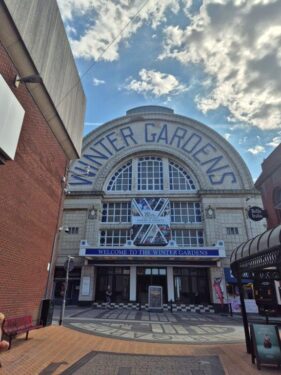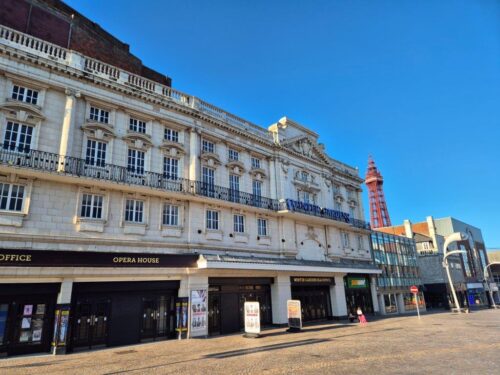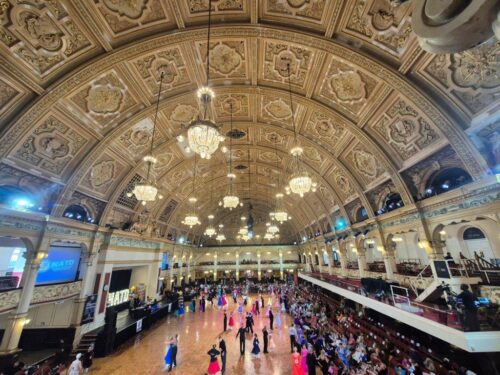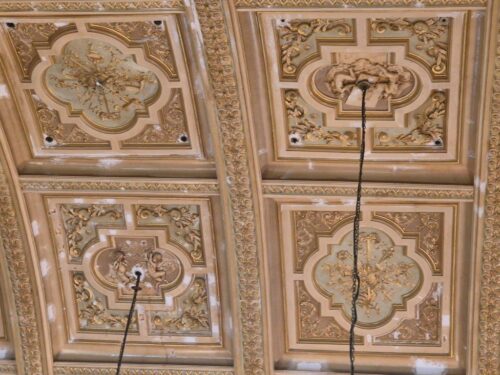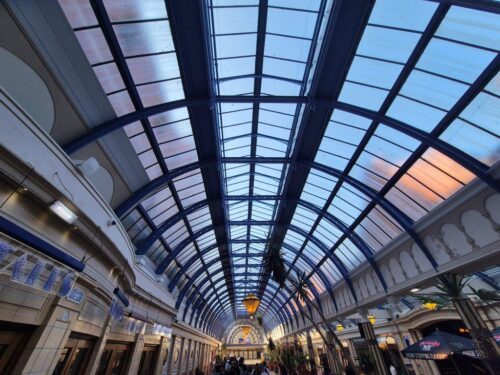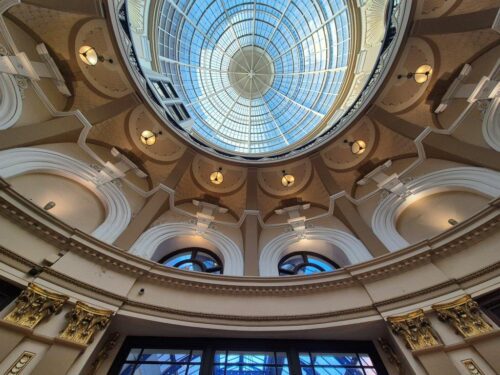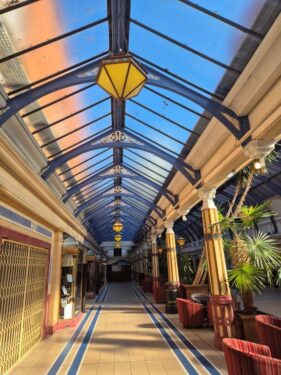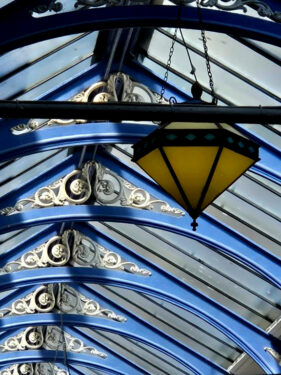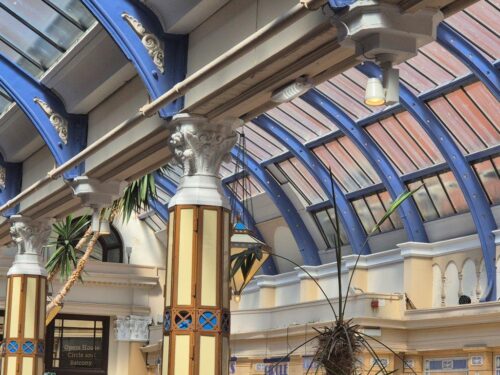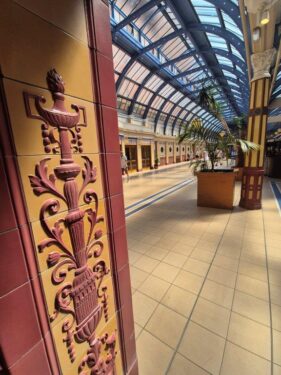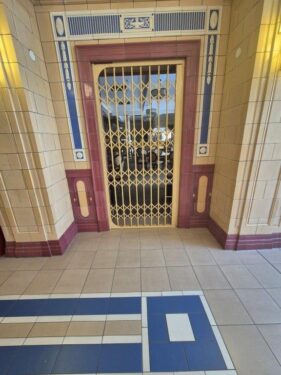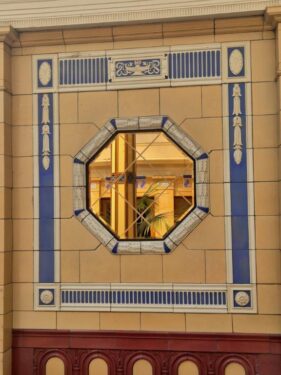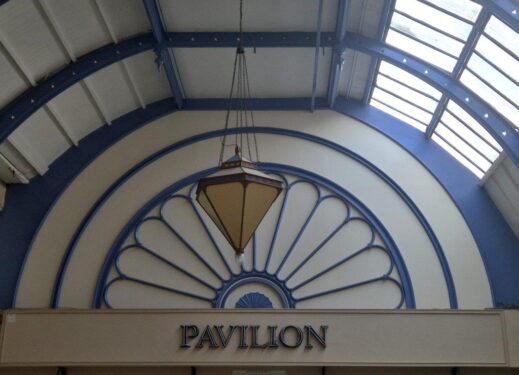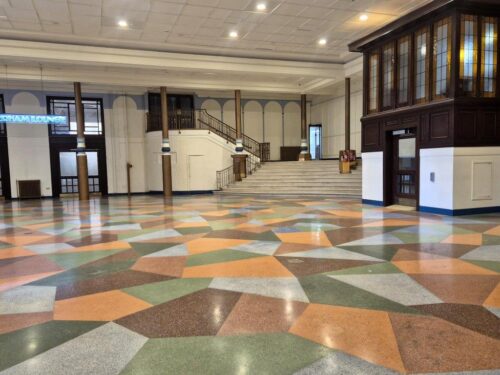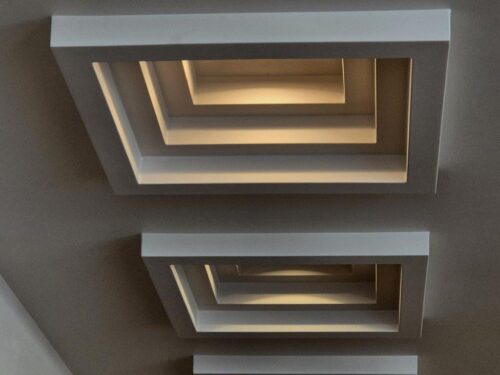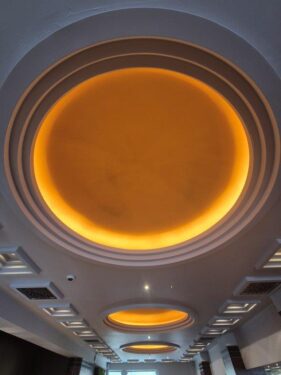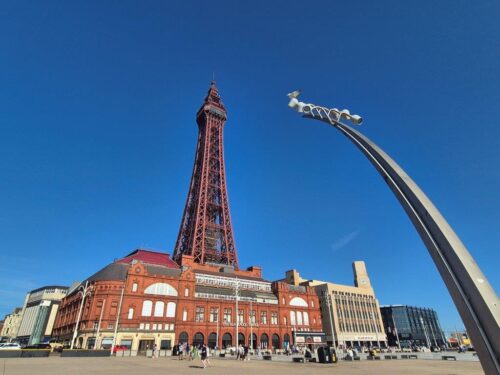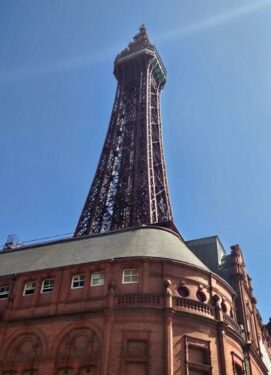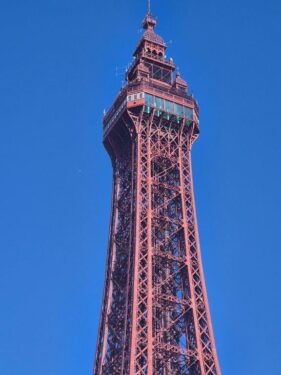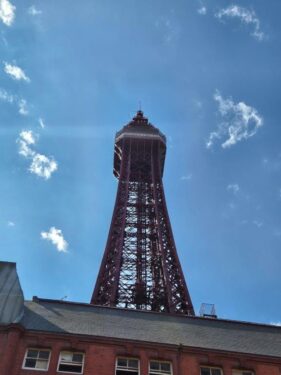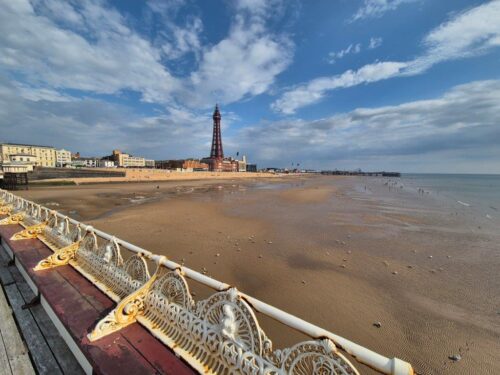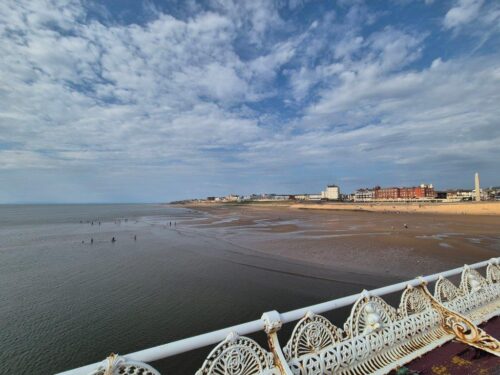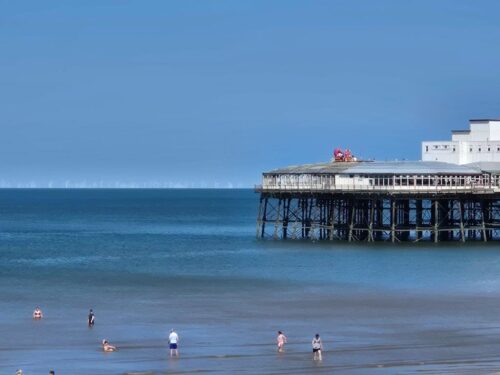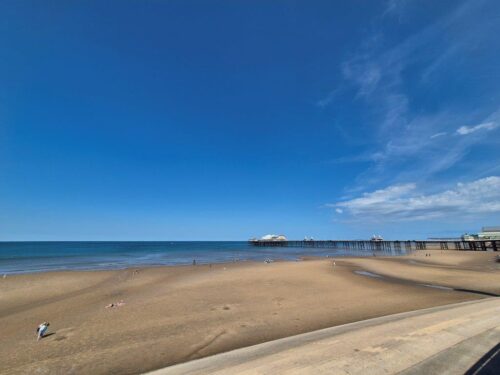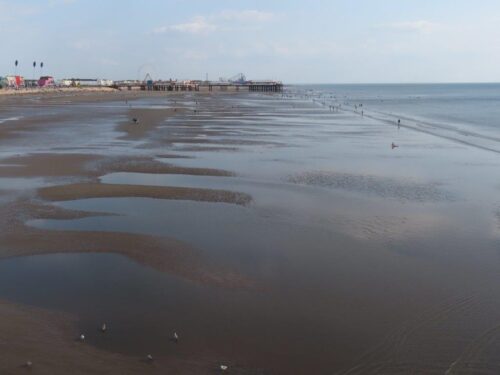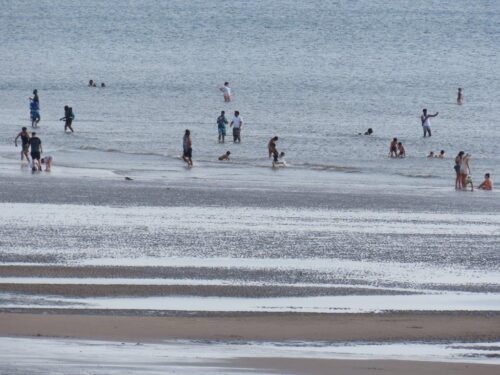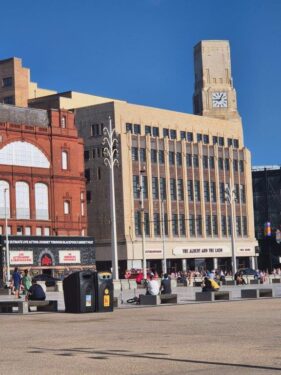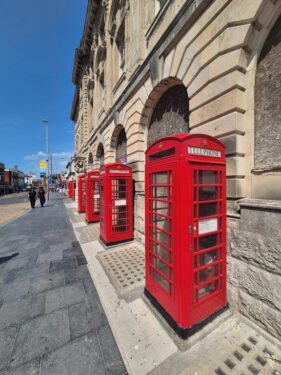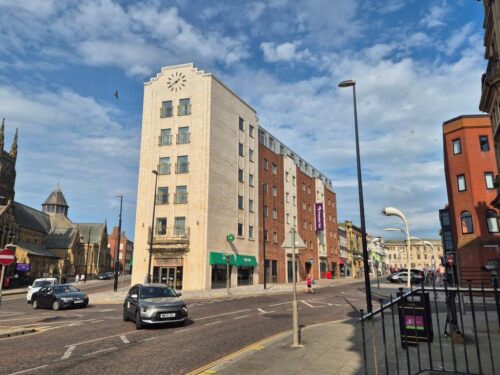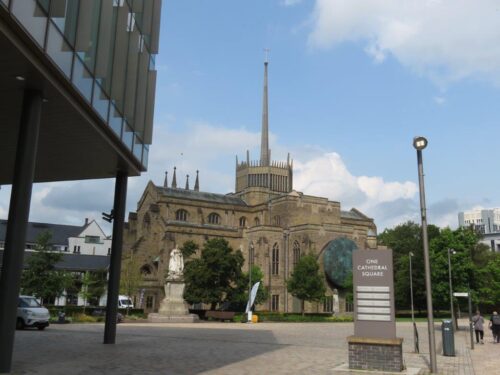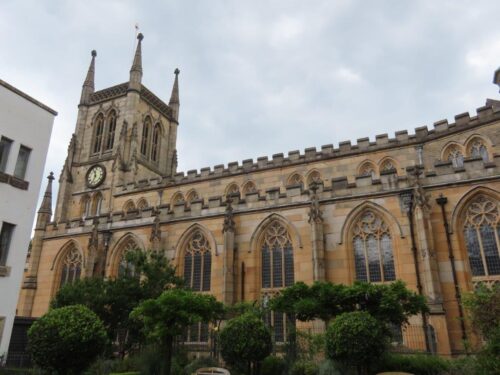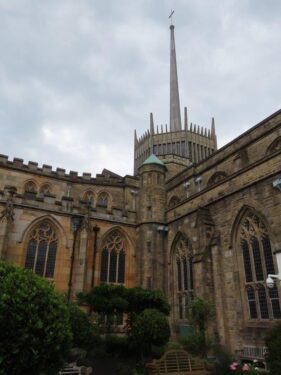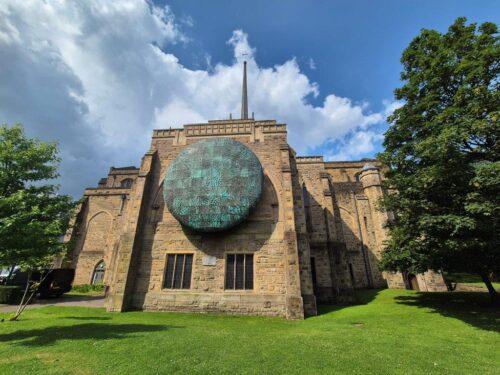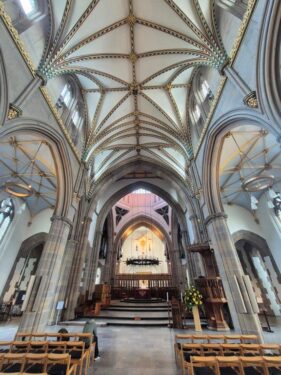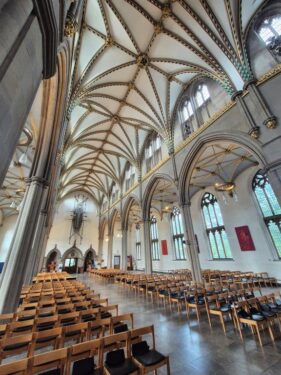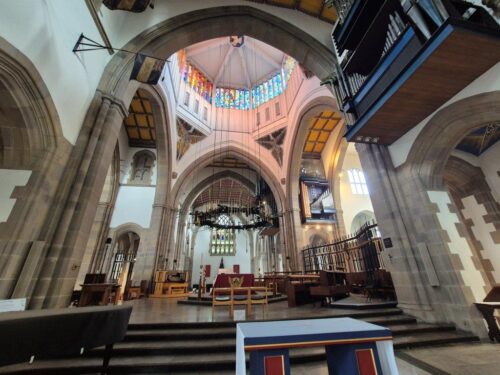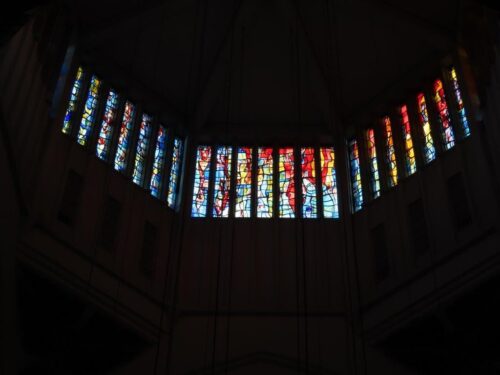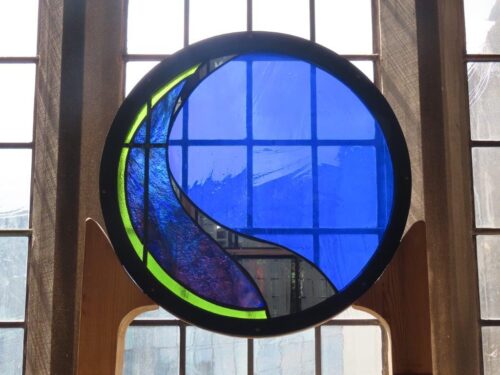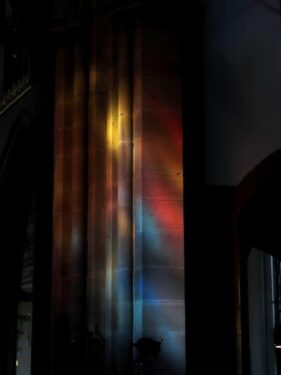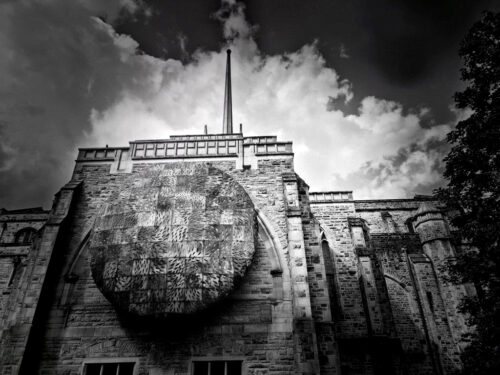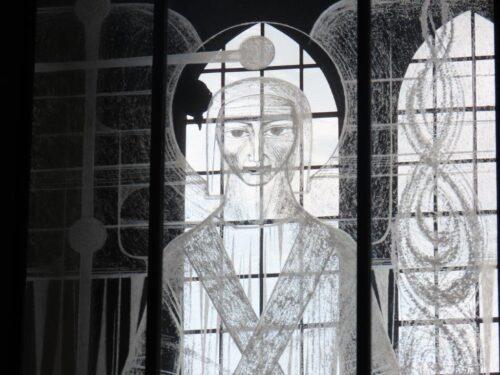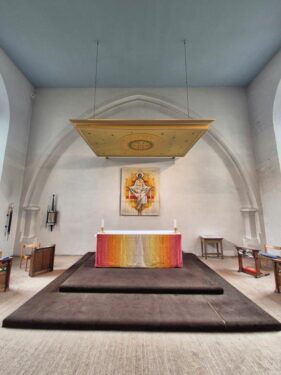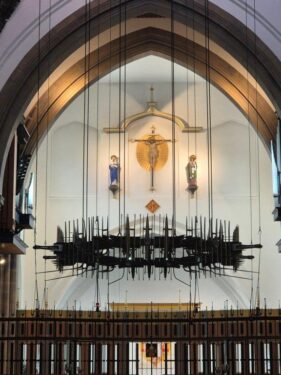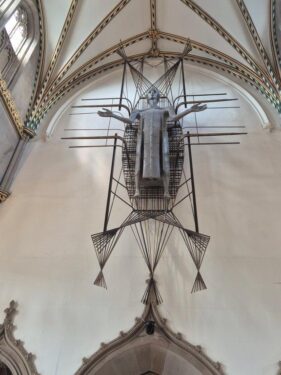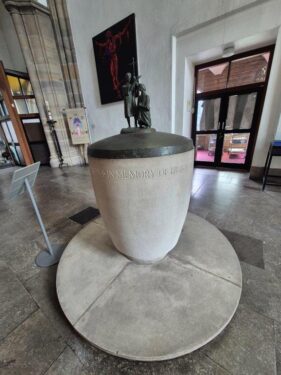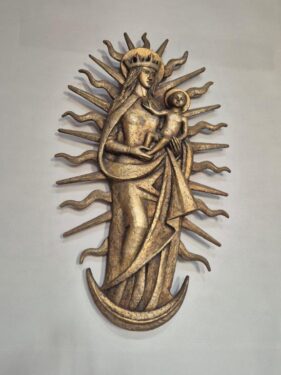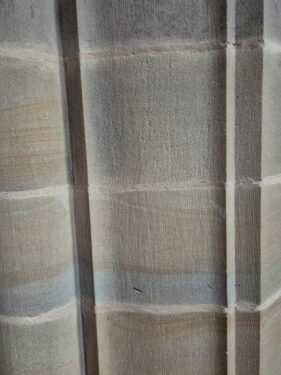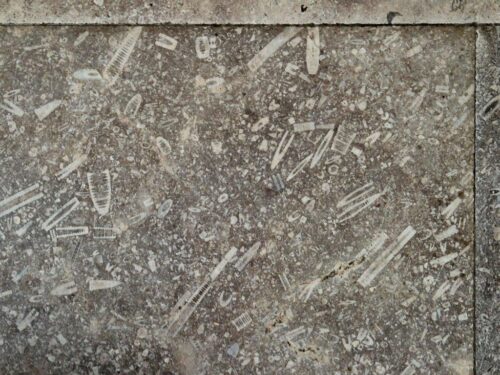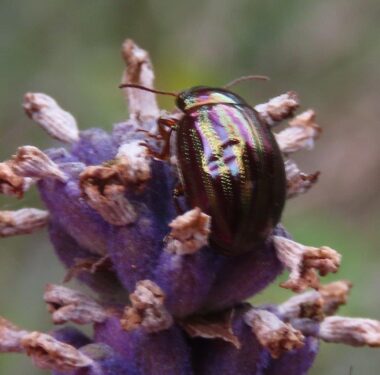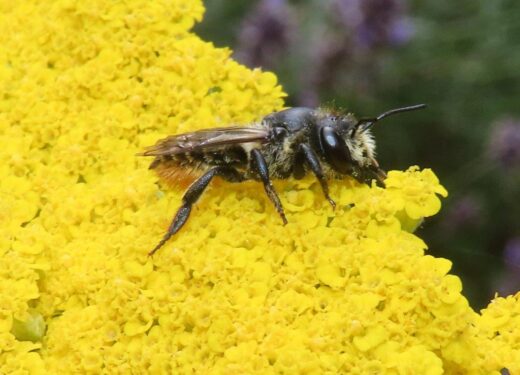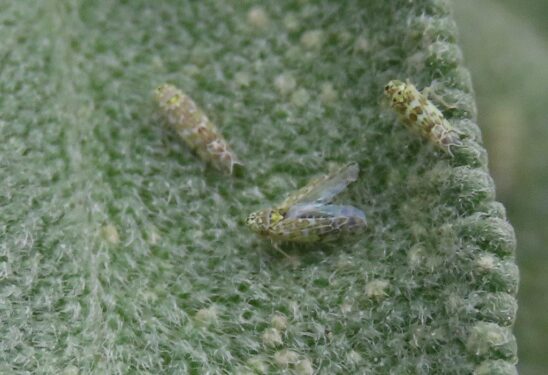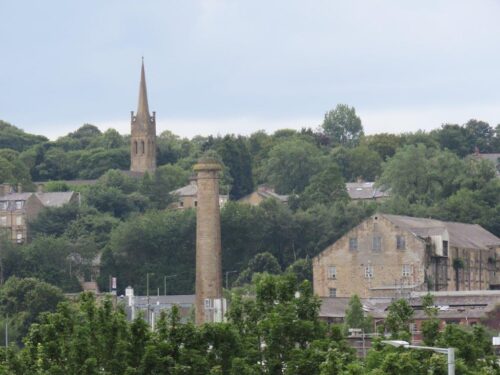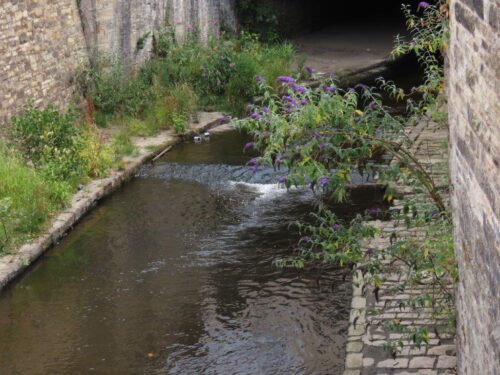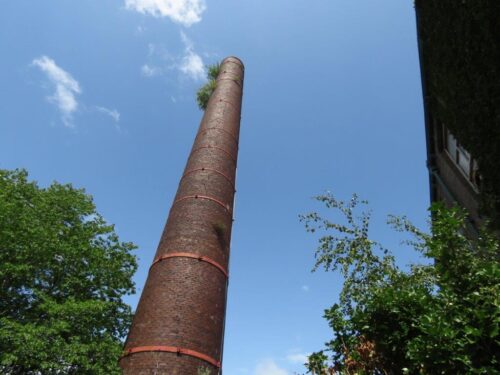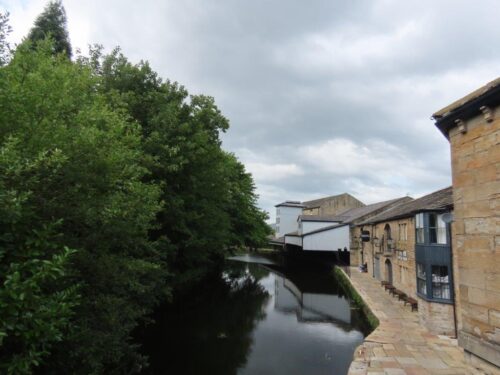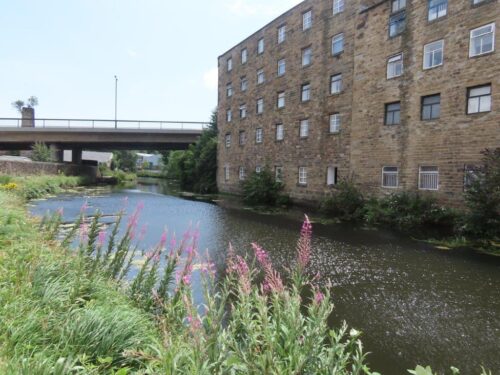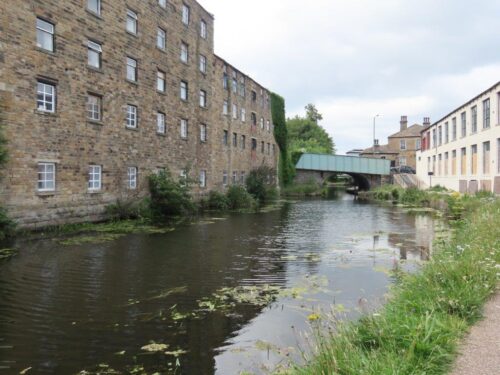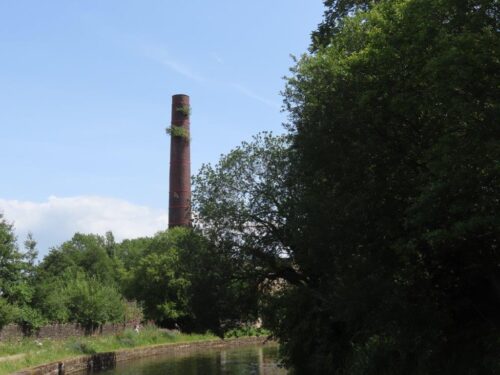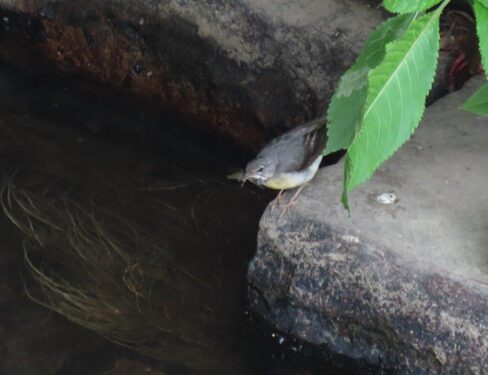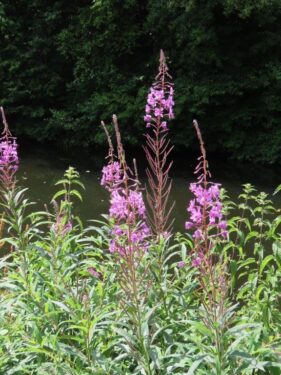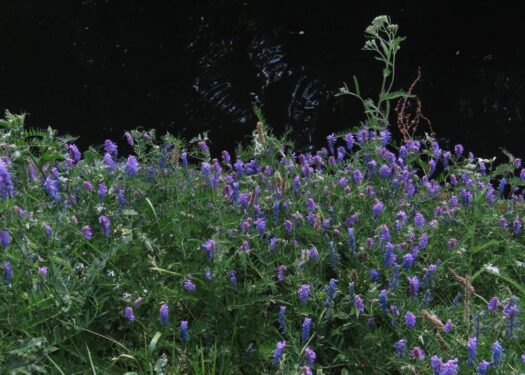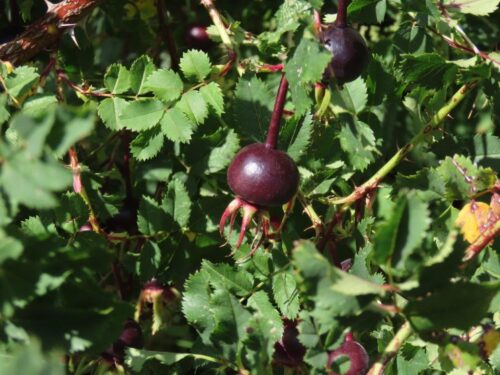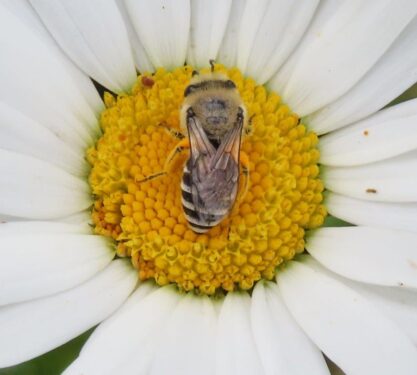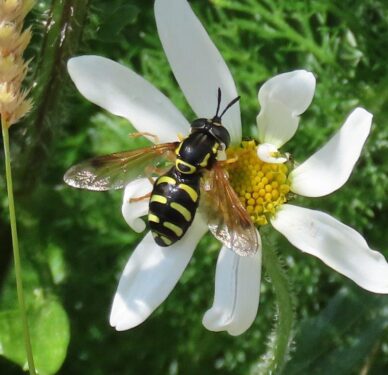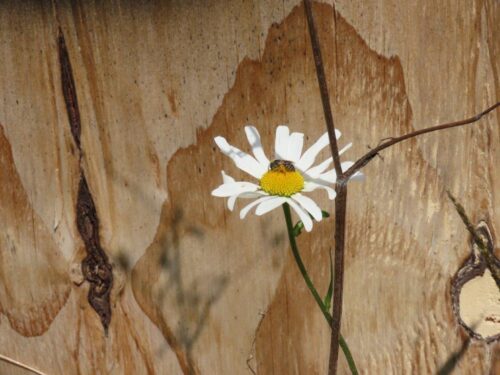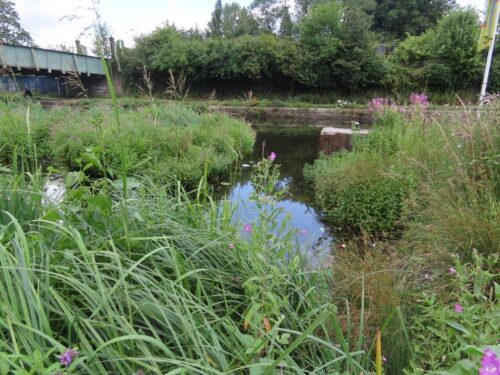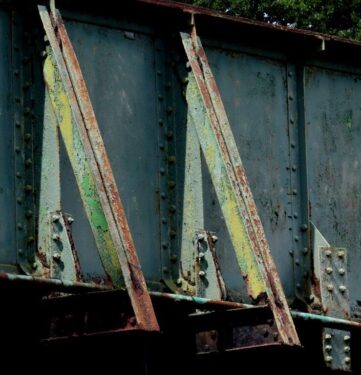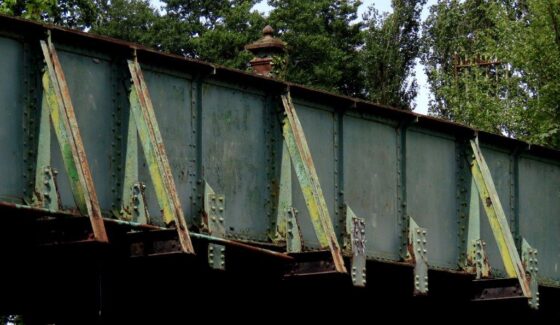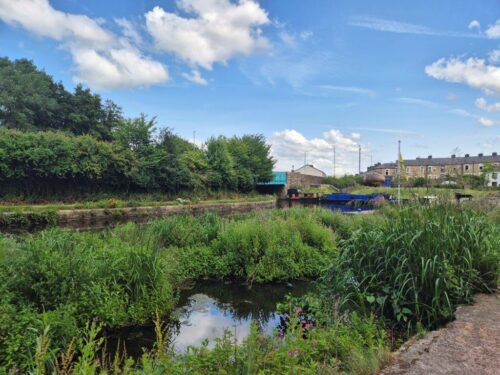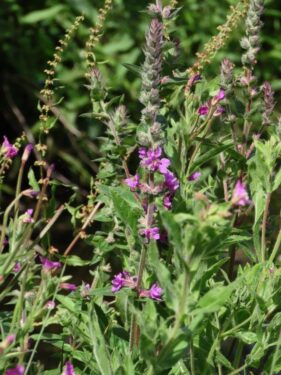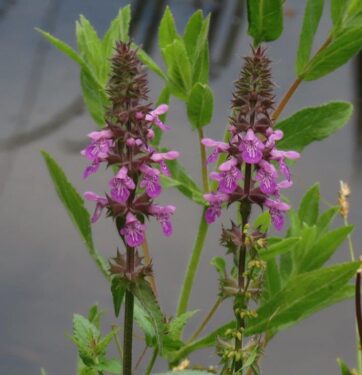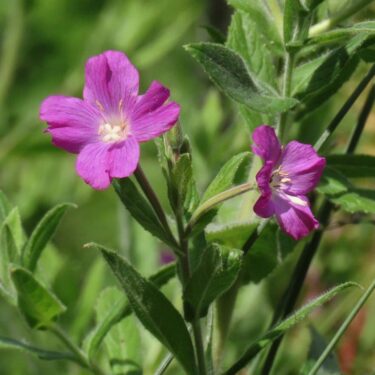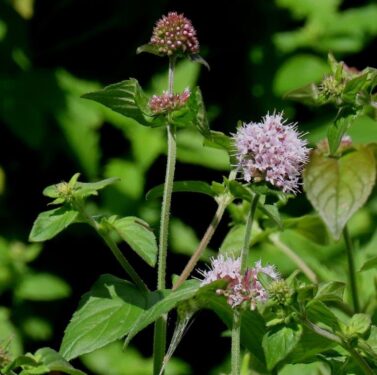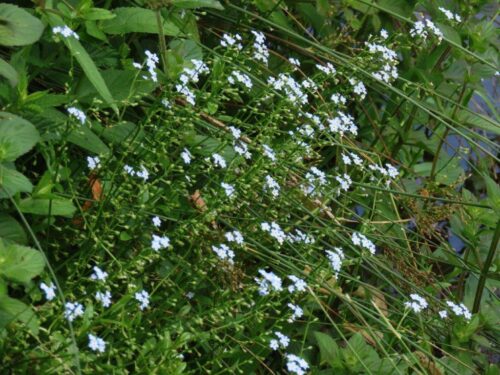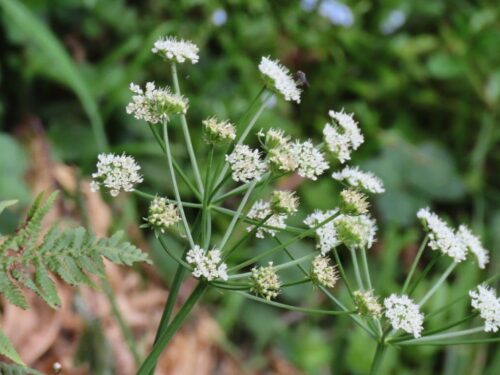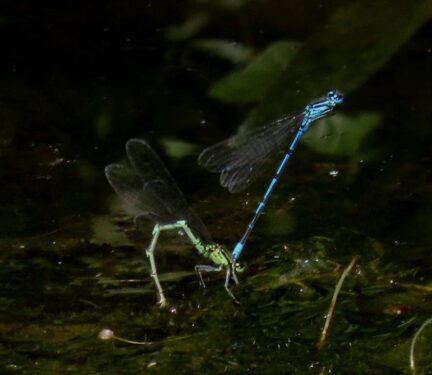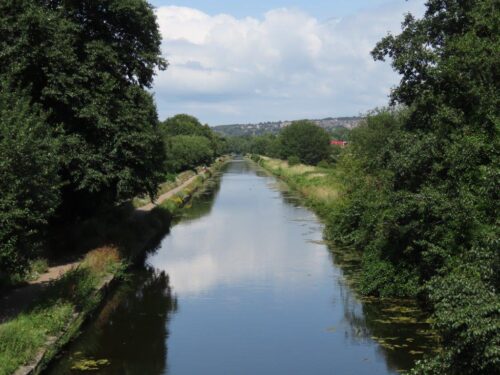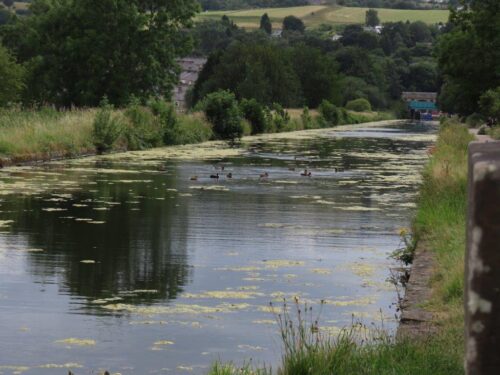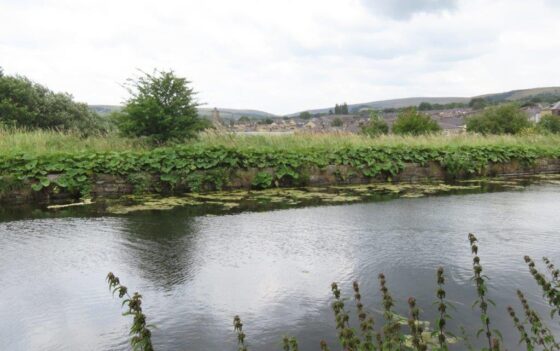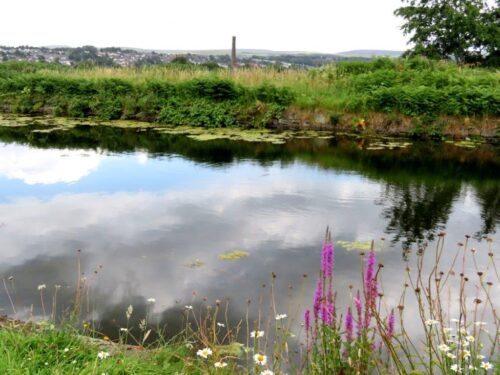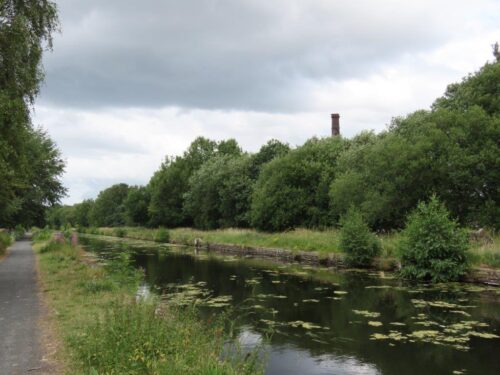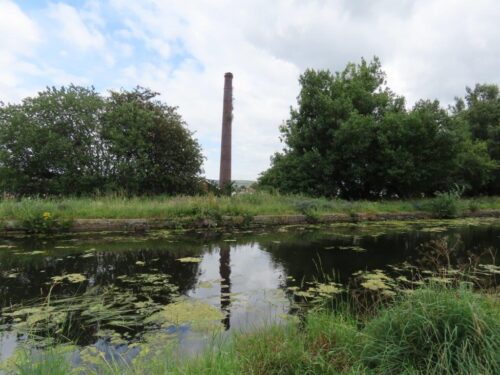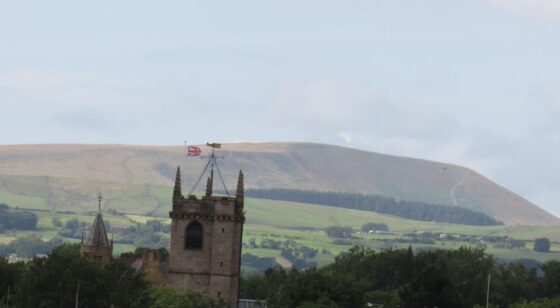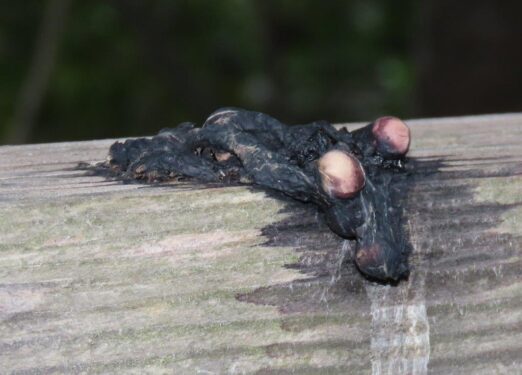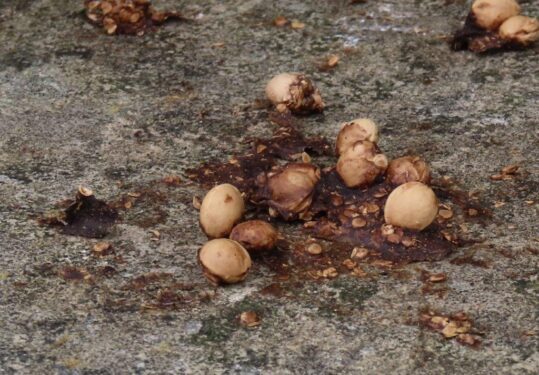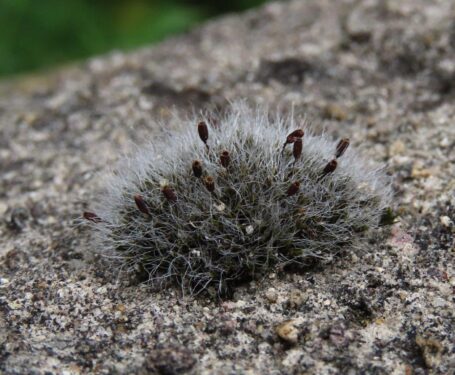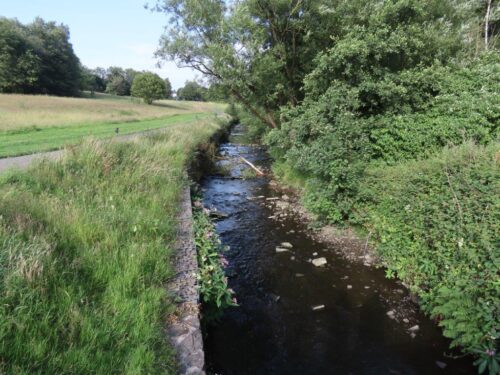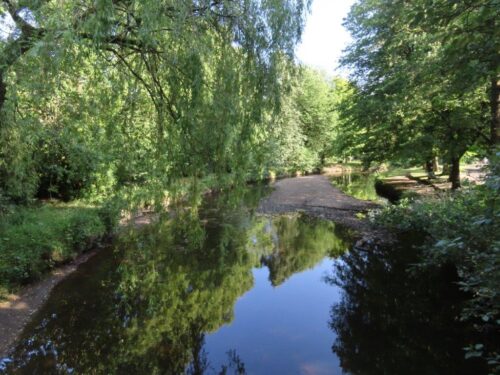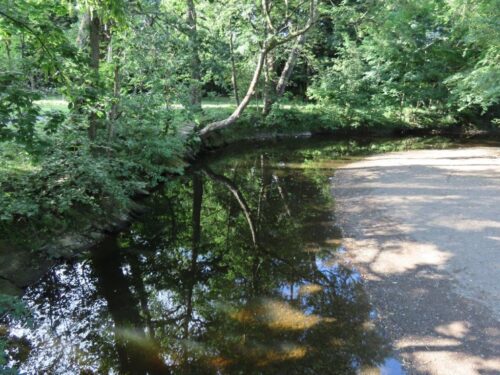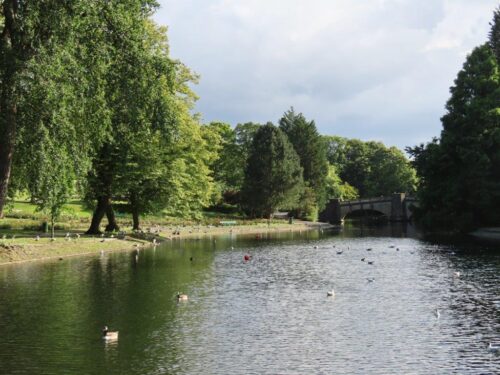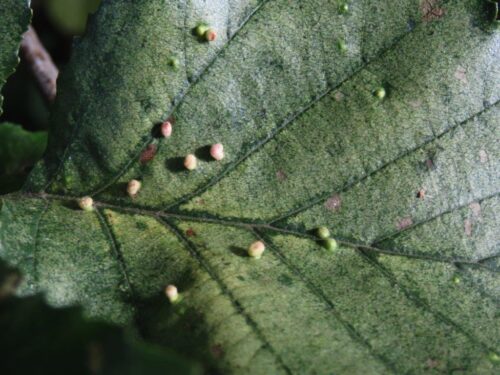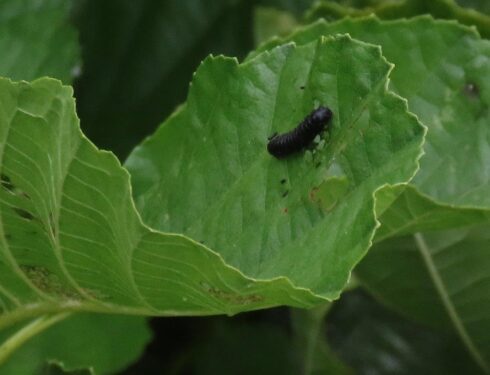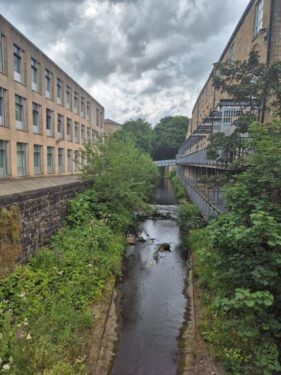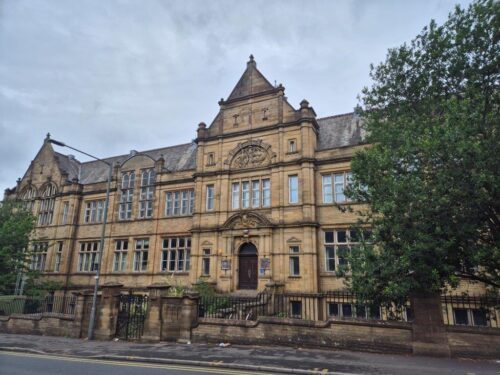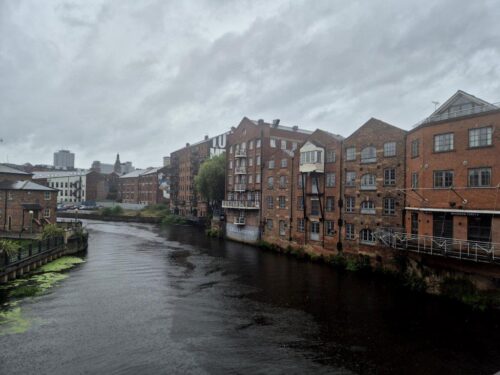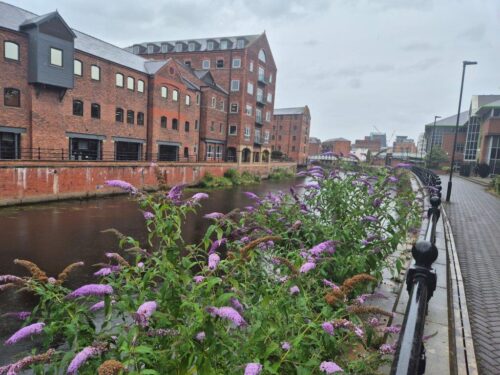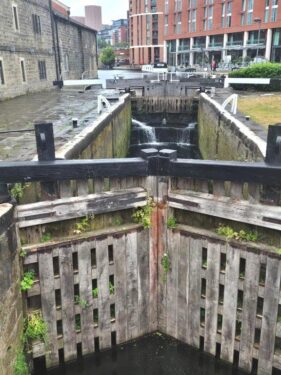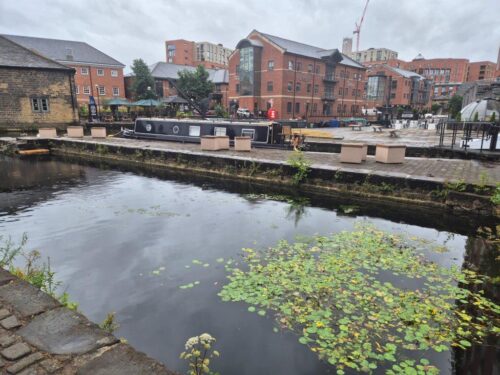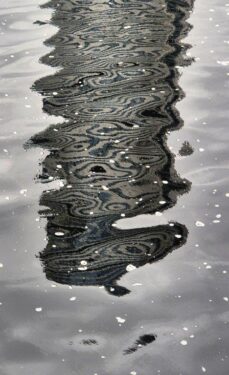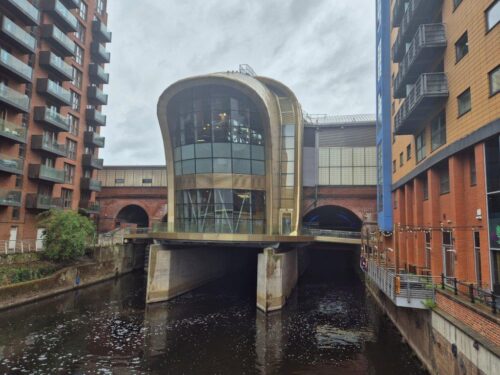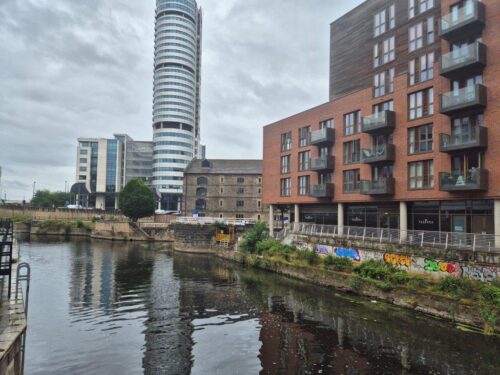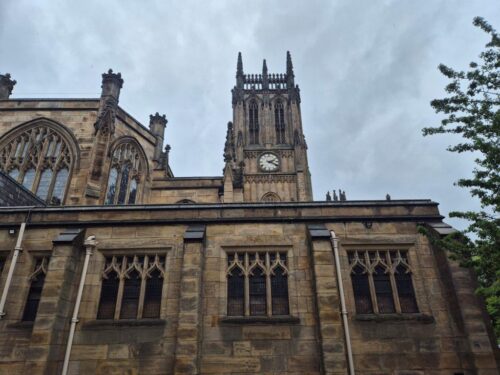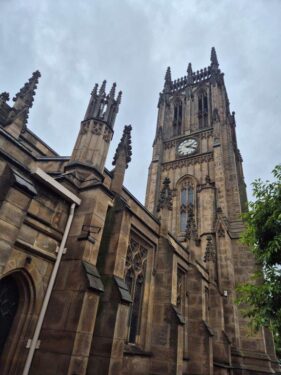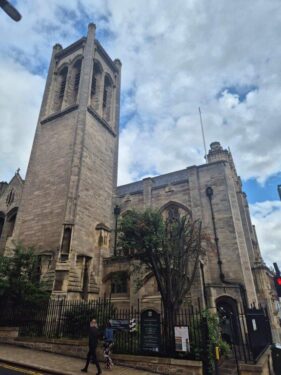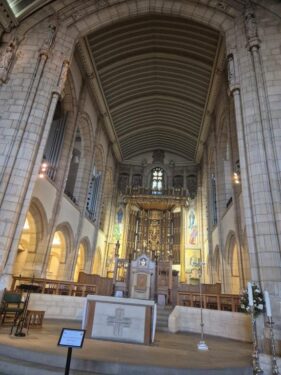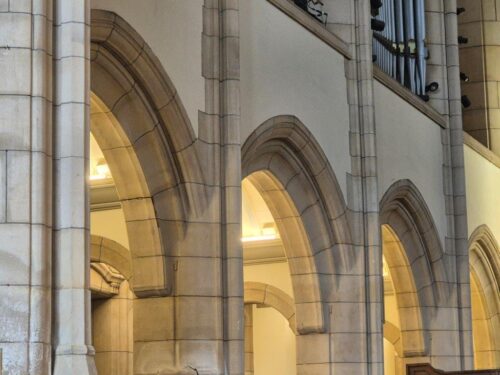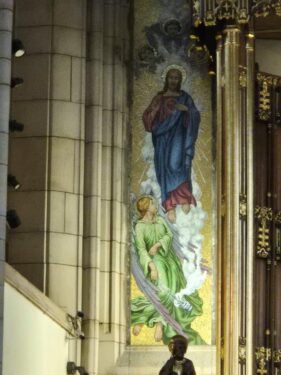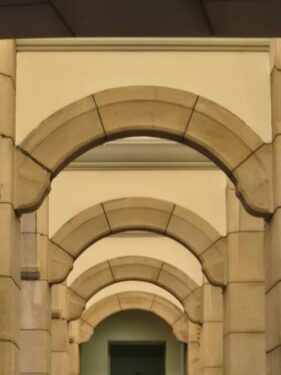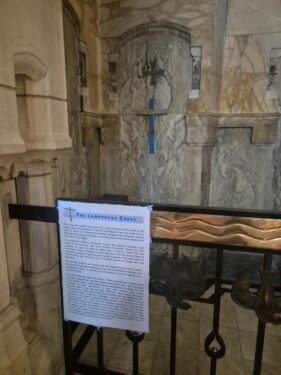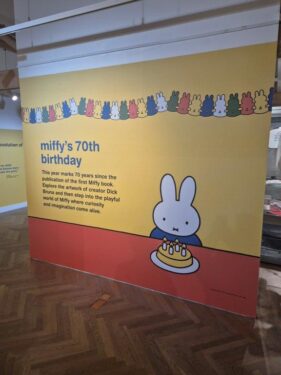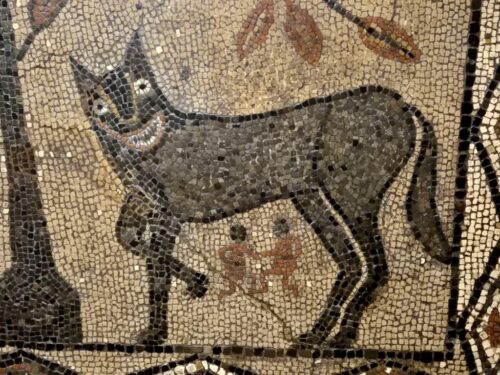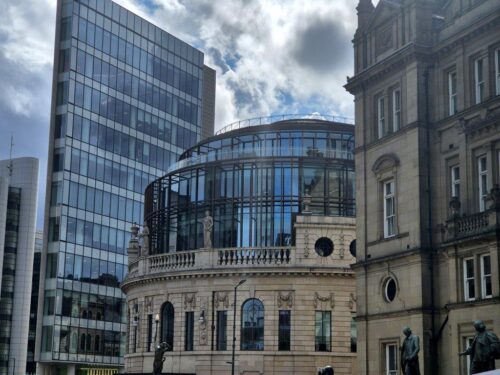Our second short break of this month was a trip with a purpose, to see granddaughter Eleanor dance in a national competition at Blackpool’s Winter Gardens. Which she did beautifully, and it gave us the chance to explore that remarkable set of buildings. Last time we were in Blackpool, it was March, pre-season and closed…
So this time plenty of opportunity to enjoy the surroundings of the Empress Ballroom and the photogenic Art Deco delights of its setting:
Away from the dancing, Blackpool was of course loud and lairy, night and day, as the holiday crowds sweltered under incessant sun or sweated through the airless nights. But it is not without its charms, one being the tower always looking on over your shoulder…
… and others being the piers and beach. Sitting on the North Pier, watching the tideline figures, like a live-action Lowry beachscape or even Another Place (just down the coast from here), we also noticed good numbers of 7-spot Ladybirds, potentially some of the many we had seen sweep into East Anglia a week previously, boldly going ever westwards…
And then there are other architectural delights, including the cinema-turned-drag show venue and department store-turned-Wetherspoons, the telephone box street-art and even the rather elegant façade of our Premier Inn.
But after the weekend, the weather turned and it was time for us to head off. Burnley was our stop for the night, but first Blackburn gave us a great couple of hours’ break on our train journey. The cathedral, almost next to the station, was a wonderful mix of architecture, art and wildlife, all delivered to us with a warm welcome.
Externally, a church of two halves – the traditional and the excitingly modern…
… with lofty interiors…
… filled with colour and light…
Art, both outside …
… and inside…
… together with geology, from the lovely pastel colours of the stone columns to the marine fossils featured in the interior flagstones.
And then outside in the Cathedral Court, a very pleasant herb garden with Rosemary Beetles on most Lavender flower-spikes, a leaf-cutter bee on the Tansy flowers and on the Sage leaves, two species of leafhopper: the common Eupteryx melissae, and the much scarcer E. decemnotata, here at the very northern edge of its known distribution.
Although this was the only spot in Blackburn we visited, we both felt quite drawn to it and we may well return to explore further. But this time, Burnley beckoned. Why? Well it has railway stations (three of them) and it has featured in our favourite source of travel inspiration, Where tourists seldom tread, in The Guardian.
And, as we discovered, a landscape of old mills, the River Brun through its centre, and almost surrounded by the Leeds & Liverpool Canal…
There were Grey Wagtails feeding and breeding alongside the water, together with Rosebay Willowherb and Tufted Vetch in full flower, Burnet Rose in fruit, and all manner of pollinators visiting the canalside flowers.
Half way along the stretch of canal we were intending to walk, there was a very convenient pub, the Finsley Gate Wharf (and a bridge to get to it!) for a rest and refreshment, with the view of an attractively decaying disused rail bridge…
Here in the old wharf basin, marshland vegetation has colonised: Purple Loosestrife, Marsh Woundwort, Hairy Willowherb, Water Mint, Water Forget-me-not and Hemlock Water-dropwort, with large numbers of dragons and damsels, including Common Blue Damselfly, Banded Demoiselle and Brown Hawker, all very active in the warmth.
Then it was the long northward straight, a high-level canal, above the rooftops, offering panoramic views, including Pendle Hill as a backdrop.
Alongside the towpath much of the way ran a stone wall, upon which there were numerous mammalian scats, full of Cherry stones, among the hairy moss-cushions of Grimmia pulvinata. The scats had all the appearance of Pine Marten poos, and were in very typical, prominent locations. But their presence in the area is far from established: while they are spreading in the northern Pennines, down to Settle and also the southern Pennines, from Bradford to Sheffield, the latest map on the National Biodiversity Network Atlas shows the nearest record in the vicinity of Todmorden, over the watershed into Yorkshire, near the head of the Calder Valley. The canal and towpath certainly provides an excellent dispersal corridor.
Our Premier Inn was not the best. Some distance from rail stations and rather basic in facilities, the room was at least well insulated from the nearby road noise. But the food provision, especially the seriously inattentive service, was perhaps indicative of a ‘captive audience’: there are no other outlets within easy walking distance, so perhaps they didn’t need to try…?
On the other hand though, it is convenient for those walking the towpath, and it is set adjacent to a large greenspace, Thompson Park, through which runs the River Brun, fringed by Alders, their leaves with numerous mite galls and many munching Alder Leaf-beetle larvae…
Our last day, and heavy rain was forecast, so we decided to head early for Leeds, hoping to get into the rain shadow east of the Pennines. Trudging to the station in the rain through Burnley probably coloured our perception of the place, but it felt unloved, with dereliction and litter all too obvious, despite the pleasantly pedestrianised town centre. Not a place we feel moved to revisit…
The rail journey to Leeds was very attractive, albeit in the rain, downhill all the way once over the watershed, through Todmorden, Hebden Bridge and Bradford. But once in Leeds, we soon found ourselves immersed again in an urban cityscape featuring canals, locks, rivers and bridges… and the very best meal of our holiday in the Adelphi Pub!
We had an afternoon to wander around, in improving weather. The Minster was closed, and felt rather bleak and forbidding from the outside…
… whereas the Cathedral was welcoming, with some very positive messages of compassion and inclusivity, so often lacking in such establishments. Read the story of the Lampedusa cross here…
And finally it was into the City Museum. with everything from a Miffy exhibition to a Roman mosaic with a remarkable Wolf illustration! And the natural history section was equally interesting, with very strong conservation messages (lacking only the ‘elephant in the room’ – to breed less!!)
Leeds felt very vibrant, the second time we have been there in three years, and a destination we may well return to in the future.
